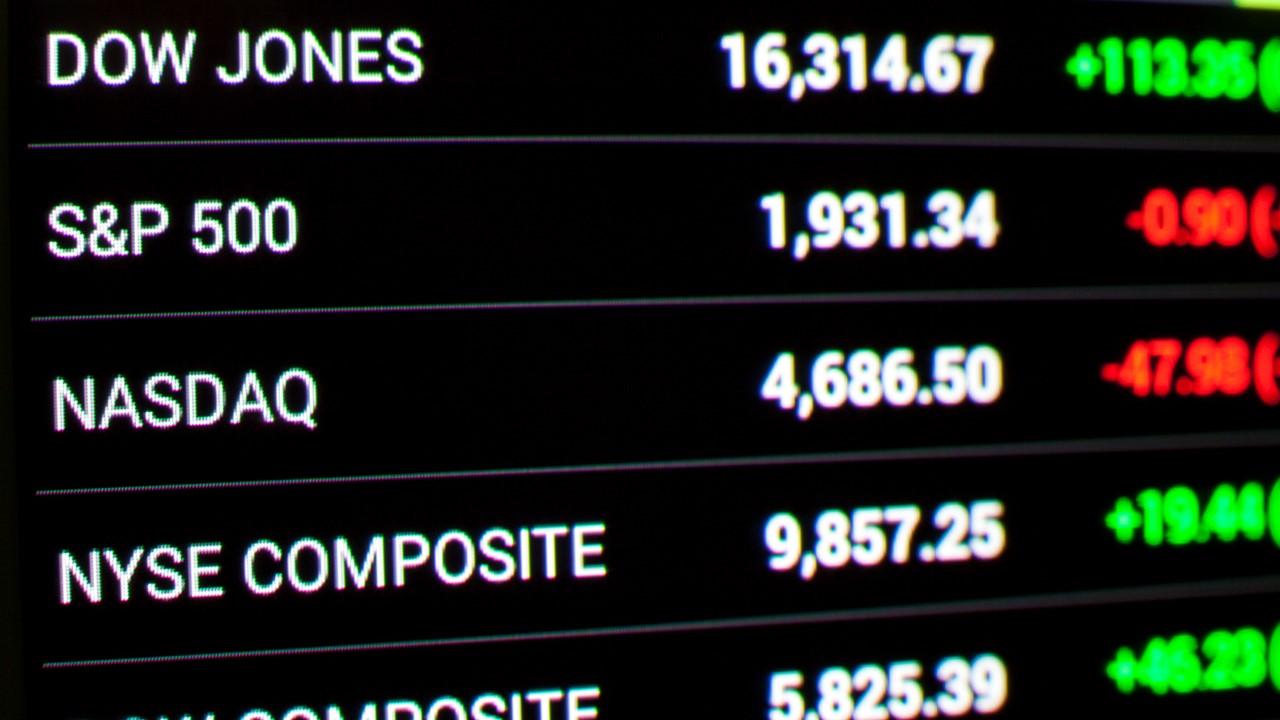How Is the Dow Jones Industrial Average Calculated?
The Dow Jones is a price-weighted index of 30 U.S. companies. How is the Dow Jones Industrial Average calculated?
Oct. 7 2020, Updated 8:16 a.m. ET

The Dow Jones is among the oldest stock exchanges globally. It’s a price-weighted index of 30 U.S. companies. The constituents change regularly so that the index reflects the U.S. economy. The most recent change to the Dow Jones Index was in August after Apple’s stock split. Salesforce, Amgen, and Honeywell were added to the Dow, while ExxonMobil, Raytheon Technologies, and Pfizer were removed. How’s the Dow Jones Industrial Average calculated?

How is the Dow Jones calculated?
Before we discuss how the Dow Jones is calculated, we need to familiarize ourselves with two concepts — the price-weighted index and the divisor. In a price-weighted index, a security’s stock price determines its weight. In a market capitalization-weighted index like the S&P 500, a company’s market capitalization determines its weightage.
To calculate the value of a price-weighted index like the Dow Jones Index, the price of all securities — 30 in the Dow's case — are added up and divided by a divisor. The divisor, which is mathematically derived, changes frequently to account for any corporate action like a stock split or dividend.
How is Dow Jones divisor calculated?
According to the Corporate Finance Institute, when the Dow became a 30-share index in 1928, the divisor was 30. The Dow Jones Industrial Average's calculation at that time was simply the sum of the stock prices of all the 30 stocks divided by 30. Since then, the divisor has changed many times due to multiple corporate actions.
According to S&P Global, “The purpose of the index divisor is to maintain the continuity of an index level following the implementation of corporate actions, index rebalancing events, or other non-market driven actions.”
S&P Global also said, “To assure that the index’s value, or level, does not change when stocks are added or deleted, the divisor is adjusted to offset the change in market value of the index. Thus, the divisor plays a critical role in the index’s ability to provide a continuous measure of market valuation when faced with changes to the stocks included in the index.” The Dow divisor fell below 1 in 1986 and was 0.147 in 2018.
How is the Dow Jones Index's value calculated?
The Dow Jones Index's value changes since stock prices change with every trade. The change in the Dow Jones is reflected as a point that's slightly different from the dollar movement in stock prices. A one-point movement in the Dow Jones Index isn't equivalent to $1. In contrast, for stocks, a one-point movement reflects a $1 price movement.
Does the Dow Jones reflect the U.S. economy?
Historically, the Dow Jones has been seen as a proxy indicator of the U.S. economy. However, over the last few decades, the S&P 500 has become the most popular index globally with over $4 trillion of assets indexed to it. The S&P 500 Index is a much more diversified representation of the U.S. economy compared to the Dow Jones Index.
For instance, the Dow Jones doesn't have Facebook, Amazon, Netflix, and Alphabet as its constituents. It is tough to arrive at a representative index for the U.S. economy without having these stocks. Incidentally, U.S. tech stocks have soared this year. The Dow’s underperformance compared to the S&P 500 is mainly because it's underweight in tech stocks.
